Search Images
Browse Content (p. 1139)
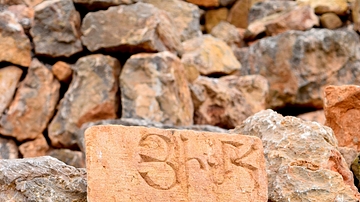
Image
Fragment from Armenia's Noravank Monastery
This ruined fragment is located within Armenia's medieval Noravank Monastery. It contains writing in the Armenian script.
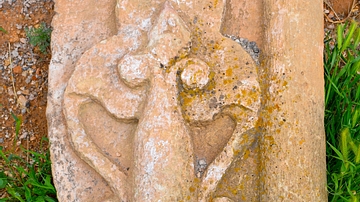
Image
Medieval Armenian Architectural Element
This stone block contains a stylized design dating back to 13th or 14th-century Armenia. It is located within the Noravank Monastery, which is located in Armenia's Vayots Dzor Province.
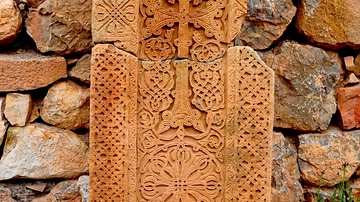
Image
Khachkar from Noravank Monastery in Armenia
This lovely medieval khachkar or "cross stone" is located at the Noravank Monastern in Armenia's Vayots Dzor Province. Khachkars are characteristic of Medieval Christian Armenian art, they and can be found all over the Caucasus.
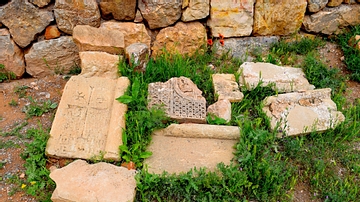
Image
Ruins from Surb Karapet Church at Noravank
These ruins are located beside the Surb Karapet Church at Armenia's Noravank Monastery. They date from the late Middle Ages (c. 1250-1400 CE).
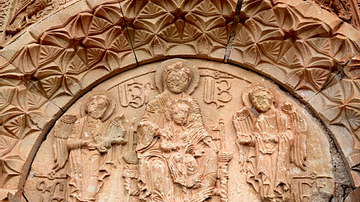
Image
Detail from Surb Astvatsatsin Church at Noravank
Detail of the Holy Family and archangels from the carved façade of the Surb Astvatsatsin Church at Noravank Monastery in modern Armenia.
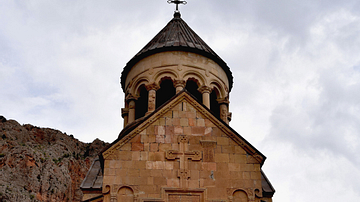
Image
Façade of Surb Astvatsatsin Church at Noravank
Detail of the beautiful façade of the Surb Astvatsatsin Church at Noravank Monastery, which is located in the Amaghu Valley in Armenia's Vayots Dzor Province. The edifice dates from the 13th and 14th centuries CE. The famed architect and...
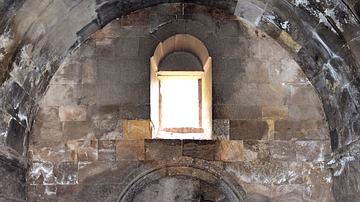
Image
Interior of Surb Astvatsatsin Church at Noravank
This photograph shows a portion of the interior of Surb Astvatsatsin Church at Noravank. This church dates from the 13th and 14th centuries CE.
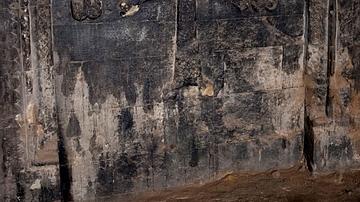
Image
Carved Cross in Surb Astvatsatsin Church at Noravank
This medieval cross was carved into the wall in the 13th and 14th centuries CE in the Surb Astvatsatsin Church at Noravank Monastery in present-day Armenia. Smaller crosses were also added over time.
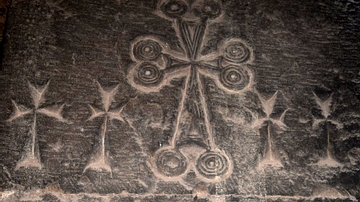
Image
Carved Crosses in Surb Astvatsatsin Church at Noravank
These medieval crosses were carved into the walls in the 13th and 14th centuries CE in the Surb Astvatsatsin Church at Noravank Monastery in present-day Armenia.
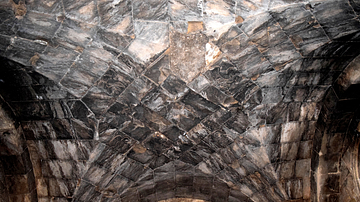
Image
Christian Symbols in Surb Astvatsatsin Church at Noravank
This picture shows several Armenian Christian symbols, which decorate the ceiling of the medieval Surb Astvatsatsin Church at Noravank Monastery in present-day Armenia.